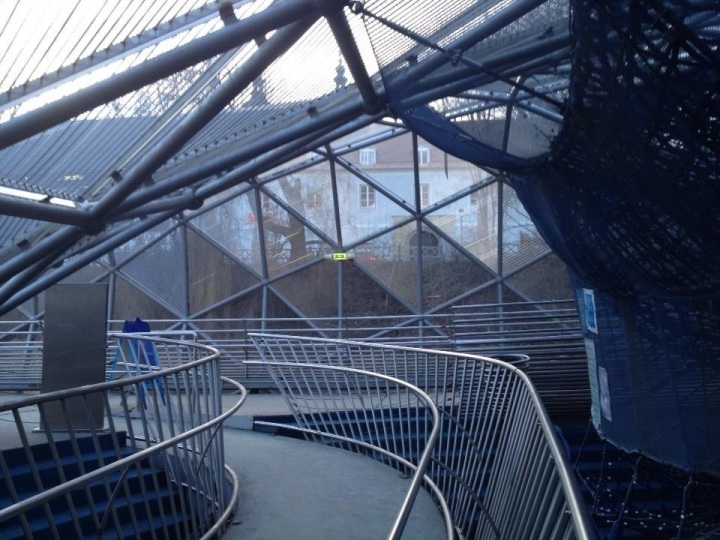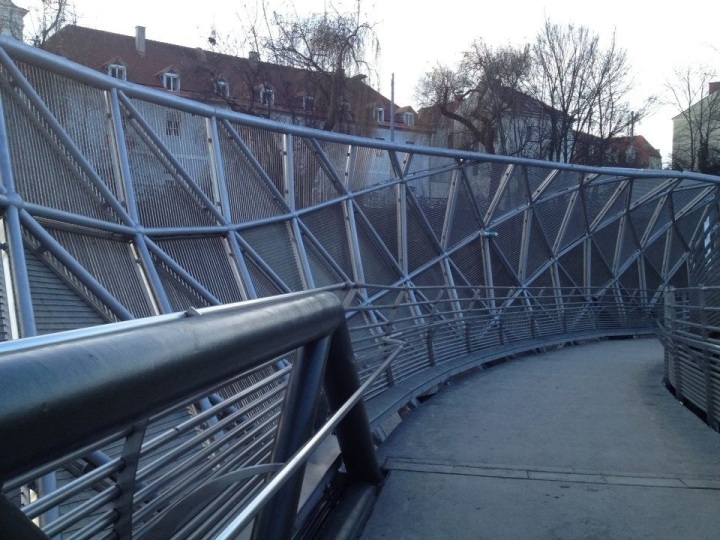




Why was Graz selected as a City of Design?
Initially, political support provided by government structures benefited the creative industries overall. The Styrian government’s Business Department laid the foundation for setting up and funding the Creative Industries Styria GmbH. Since 2007 the Creative Industries Styria have been continuously working on the application and project of UNESCO City of Design.
The application follows a joint initiative by the Styrian government’s holder of the Economy and Innovation portfolio, Dr. Christian Buchmann and Graz’ mayor Mag. Siegfried Nagl, who are both solid supporters of the creative economy. That goes hand-in-hand with a statement of Lena Hoschek, a fashion designer from Graz:
“Being a City of Design means avoiding to subordinate young wild creative people to both everyday life and politics.”
Places I L.O.V.E
Mur Island | Acconci Studio Architects
A twist in the river, a node in the river: the node is an island. The island is a circulation-route: a dome that morphs into a bowl that morphs into a dome. The bowl functions as a theater; the inside of the bowl is lined with bleachers – transparent bleachers, made of grating or perforated metal – that step down to a stage at the bottom of the bowl. When the bowl is not being used as a theater, it functions as a public space, a plaza, in the middle of the river; each line of bleachers waves in and out, it expands and contracts – instead of sitting straight ahead, facing front, you can sit face-to-face, for everyday conversation.









President Building: Kunsthaus Graz (Cook and Fournier) – Graz, Austria
Kunsthaus Graz (Graz Art Museum) sets itself apart from other art galleries and museums in that it avoids the pure white clean walls traditional to this buildings function, instead opting for a playful, organic and unusual form and finish.
The art museum designed by Peter Cook and Colin Fournier is a fantastic example of blobby architecture, and has been dubbed by its designers as the “friendly alien”.
The second outer skin of the building is a translucent warm blue acrylic plastic. Set beneath the outer skin are 930 fluorescent ring shaped lights, each effectively a pixel, which combined create a dynamic media.



